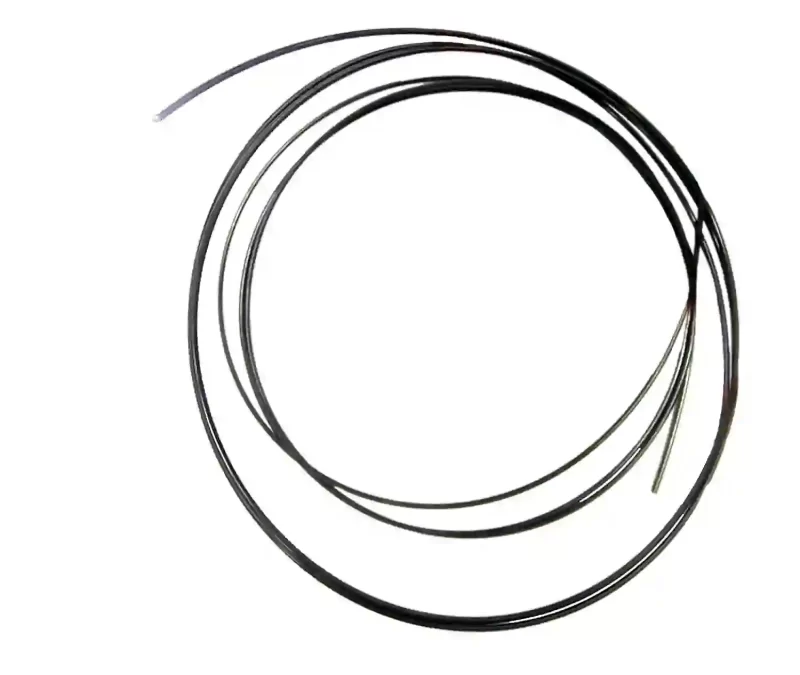Introduction
Nitinol Wire is the most mature form of this unique superelastic and shape memory alloy, being commercialized in the mid 1980’s. It is available in many different sizes, alloys and finishes.
Nickel titanium, also known as nitinol, is a metal alloy of nickel and titanium, where the two elements are present in roughly equal atomic percentages. Different alloys are named according to the weight percentage of nickel; e.g., nitinol 55 and nitinol 60.
Nitinol alloys exhibit two closely related and unique properties: the shape memory effect and superelasticity (also called pseudoelasticity). Shape memory is the ability of nitinol to undergo deformation at one temperature, stay in its deformed shape when the external force is removed, then recover its original, undeformed shape upon heating above its “transformation temperature.” Superelasticity is the ability for the metal to undergo large deformations and immediately return to its undeformed shape upon removal of the external load. Nitinol can undergo elastic deformations 10 to 30 times larger than alternative metals. Whether nitinol behaves with shape memory effect or superelasticity depends on whether it is above its transformation temperature during the action. Nitinol behaves with the shape memory effect when it is colder than its transformation temperature, and superelastically when it is warmer than it.
Nitinol Wire in Underwire Bras: The Future of Comfort and Durability
Introduction
Underwire bras provide essential support and shaping, but traditional steel wires can be uncomfortable, prone to bending, and even poke through fabric over time. Enter Nitinol—a revolutionary shape-memory alloy made of nickel and titanium—that is transforming underwire technology. With its unique flexibility, durability, and ability to “remember” its shape, Nitinol is becoming an innovative solution for more comfortable and long-lasting bras.
What is Nitinol?
Nitinol (Nickel Titanium Naval Ordnance Laboratory) is a smart metal alloy known for its shape memory and superelasticity. These properties allow it to:
Return to its original shape when heated (shape memory effect).
Bend significantly without permanent deformation (superelasticity).
Withstand repeated stress without breaking, unlike traditional steel wires.
Originally developed for aerospace and medical applications (like stents and orthodontic wires), Nitinol is now making waves in the lingerie industry.
Why Use Nitinol Wire in Underwire Bras?
- Unmatched Flexibility & Comfort
Traditional steel wires can dig into the skin or lose their shape over time. Nitinol, however, flexes with the body’s movements, reducing discomfort and pressure points. Its superelasticity allows it to bend and spring back effortlessly, making it ideal for activewear bras or all-day wear.
- Shape Memory for Longevity
If an underwire gets bent (e.g., in the wash or during wear), applying mild heat (like warm water or even body temperature) can help it snap back to its original shape. This means no more misshapen wires poking through fabric after a few months.
- Lightweight Yet Durable
Nitinol is lighter than steel but just as strong, if not stronger. It resists fatigue, meaning it won’t weaken or break as quickly as traditional underwires.
- Better Fit & Support
Because Nitinol adapts to body temperature and movement, it provides dynamic support—conforming to the wearer’s shape while maintaining structure. This makes it especially useful for plus-size bras, sports bras, and maternity bras, where flexibility and support are crucial.

